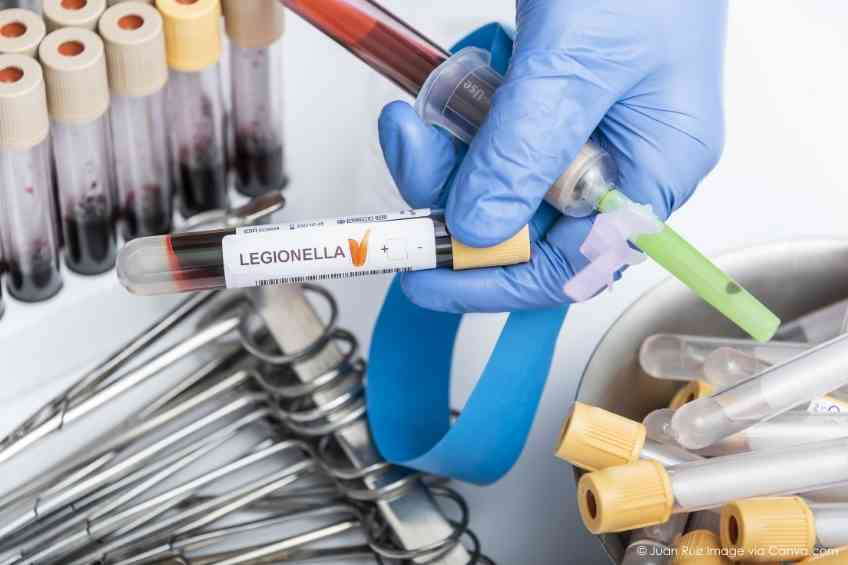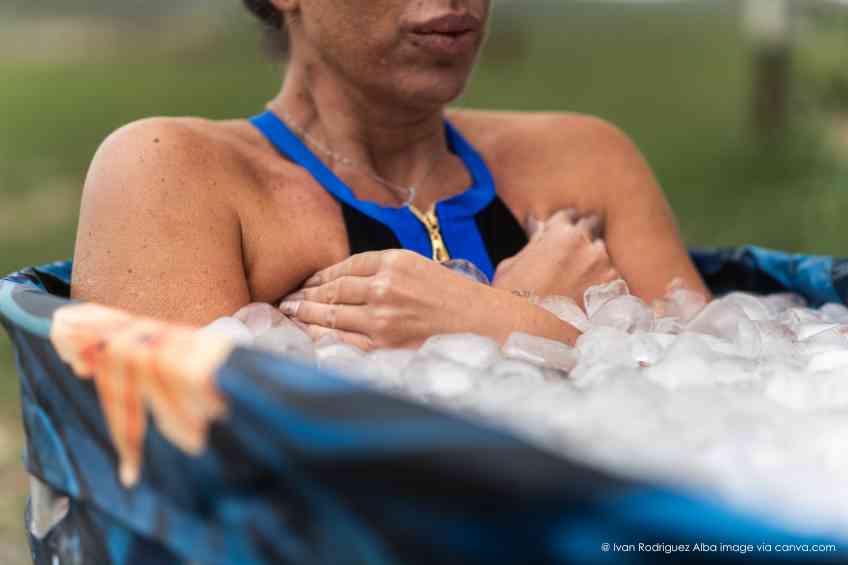The Skinny:
Legionnaires’ Disease may seem like a throwback to the golden age of 70’s disco music, complete with platform shoes, midriff-baring fashions and hot tub parties. The thought isn’t surprising given that this is when this pneumonia was discovered during an outbreak at a 1976 American Legion convention in Philadelphia. The disease, however, is anything but retro and with a mortality rate of five to 10 percent, it is highly dangerous and still around. In fact, since January 2024 significant cases have surfaced in Minnesota where 14 died and 134 were sickened; in New Jersey where at least two people were infected; and in Cleveland where several individuals were hit—all of which prompted health officials to issue a variety of warnings and suggested precautions. Ultimately, it is surprising that there is so little public awareness of something so seriously deadly. Thankfully, WellWell is here to issue a refresher course. Read on.
The Slate:
Causes
The Centers for Disease Control and Prevention reports that the dangerous Legionella bacteria that causes the disease is not transmitted interpersonally. Infection occurs through inhaling small bacteria-laden water droplets through breathing or when drinking from fountains. The bacteria occur naturally in freshwater, but only become dangerous when they proliferate in standing water in manmade settings like sprinklers and air conditioning systems, ornamental fountains and hot tubs.
Symptoms
Legionella’s basic symptoms—fever, cough, shortness of breath, sore and aching muscles—resemble those of other respiratory infections. Legionnaires’ disease patients also develop pneumonia and may also have gastrointestinal symptoms, neurologic abnormalities and altered mental status. The disease, however, should be distinguished from Pontiac fever, named for a 1968 outbreak in Pontiac, Michigan. It’s a milder legionella-based disease that doesn’t develop into pneumonia and usually gets better without medical care.
How Common?
The disease is on the rise. The CDC reports that legionellosis increased five-fold from 2000 to 2017. The average annual rate of growth is 9.3 percent since 2002. The exact number of those infected, however, is hard to pin down. There were nearly 10,000 cases of Legionnaires’ disease in the United States in 2018, but the true number may be 1.8–2.7 times higher because of flawed reporting systems, according to other CDC reports. Increased accuracy depends on improved awareness, better diagnostic tools and conscientious reporting.
Why The Increase?
Blame demographics, climate change, the COVID pandemic and publicity. There’s been an increase in the geriatric and immunocompromised population groups that are most vulnerable to pneumonia. Increased precipitation and temperature and a decrease in water-flushing building maintenance during the COVID pandemic have also promoted Legionella bacteria growth.
Risk Assessment
Most healthy people either resist infection from Legionella exposure or only get Pontiac fever. Unfortunately, for those who are infected, the mortality rate ranges between five and 10 percent. The high death rates are related to delayed or inaccurate diagnosis, which allows the disease to take a deadly hold of its victims. Generally, prompt antibiotic treatment avoids additional problems; and hospitalization is associated with delayed diagnosis or the presence of risk factors.
Greatest Risk
The elderly, immune compromised, individuals with chronic lung diseases and current and former smokers are at greatest risk. The most frequent complications are respiratory failure, shock and acute kidney and multi-organ failure. Hospitalization and prompt antibiotic treatment can reduce the death rate of immuno-suppressed patients down to five to 30 percent compared to 40 to 80 percent for those misdiagnosed or receiving delayed treatments.
Diagnosis and Treatment
Diagnosis is confirmed by a blood test for legionella antigens or a sputum sample. A chest x-ray can help determine the extent of pneumonia. Recovery requires antibiotic treatment. The recommended first-line therapy is intravenous antibiotics, like fluoroquinolone or a macrolide, later switching to oral treatment. Those who respond well usually leave the hospital after a relatively short stay, while continuing antibiotics at home. Nonetheless, it can still take several months to fully recover from the disease.
High-Risk Areas
Legionnaires’ disease has no vaccines. The best way to skip getting infected is to recognize where it thrives and then avoid these locations and situations. Legionella blooms in water can happen any time of year, but they are more likely to proliferate in warmer summer and early fall months, more often in Mid-Atlantic and Northeast areas of the U.S. than in the South or West. The most common places for acquiring legionella infection are shower faucets, air conditioner/cooling systems, hot tubs and fountains (decorative and/or drinking) in hotels, long-term care facilities, hospitals and cruise ships.
Sound Precautions
Be on the lookout for stagnant water, sediment and slime in coolers, hot water systems, evaporative air conditioners, humidifiers and spa-style bathtubs. Follow the manufacturer’s instructions for cleaning and maintaining their internal components, regularly flushing hot/warm water lines and cleaning shower heads. Don’t substitute plain water for car windshield wiper fluid. Chlorine kills legionella bacteria, but improperly maintained hot tubs can be dangerous. For those with home hot tubs or who frequent spas, chlorine test strips are a wise investment. They are under 10 cents each.
Eyes Up:
Have a Legionnaires’ disease story to share? Let us know at info@wellwellusa.com.
WellWell editors independently identify services and products of interest. If readers purchase anything through the associated links, WellWell may earn a commission, which goes to support our work. Learn More.













